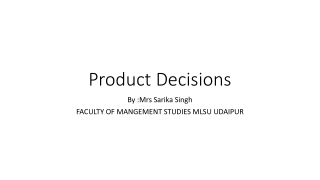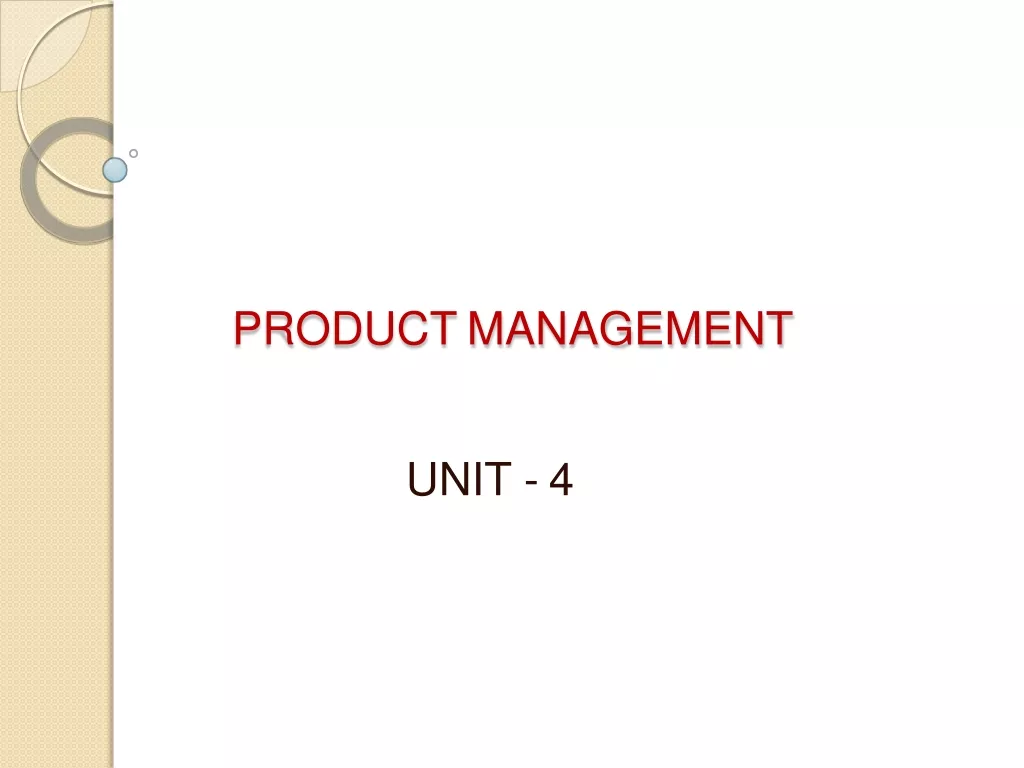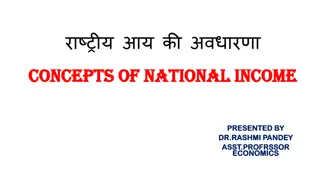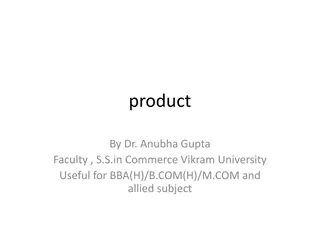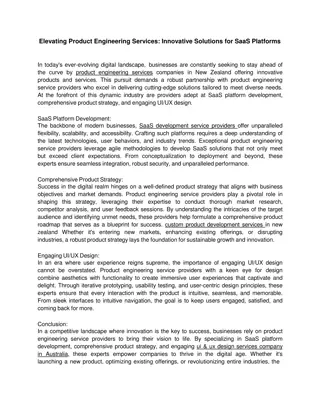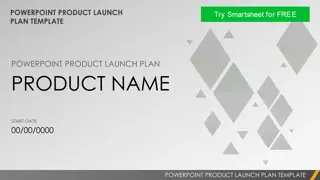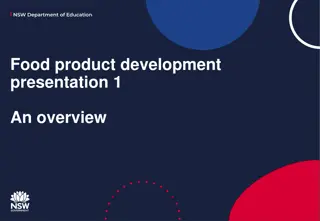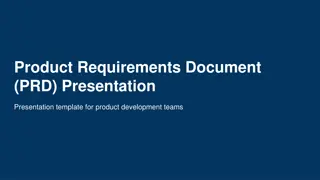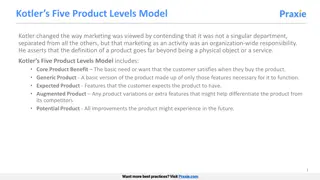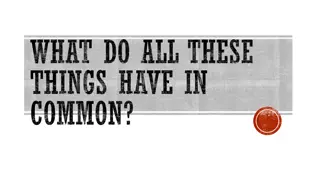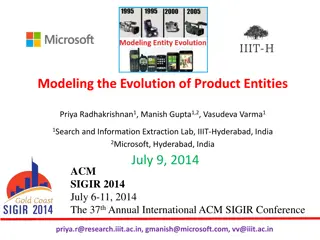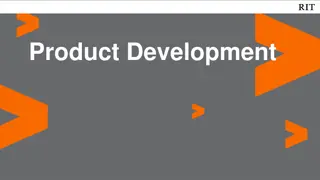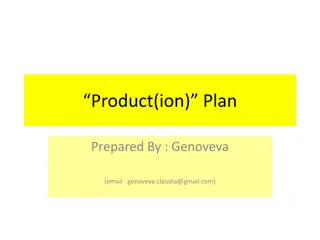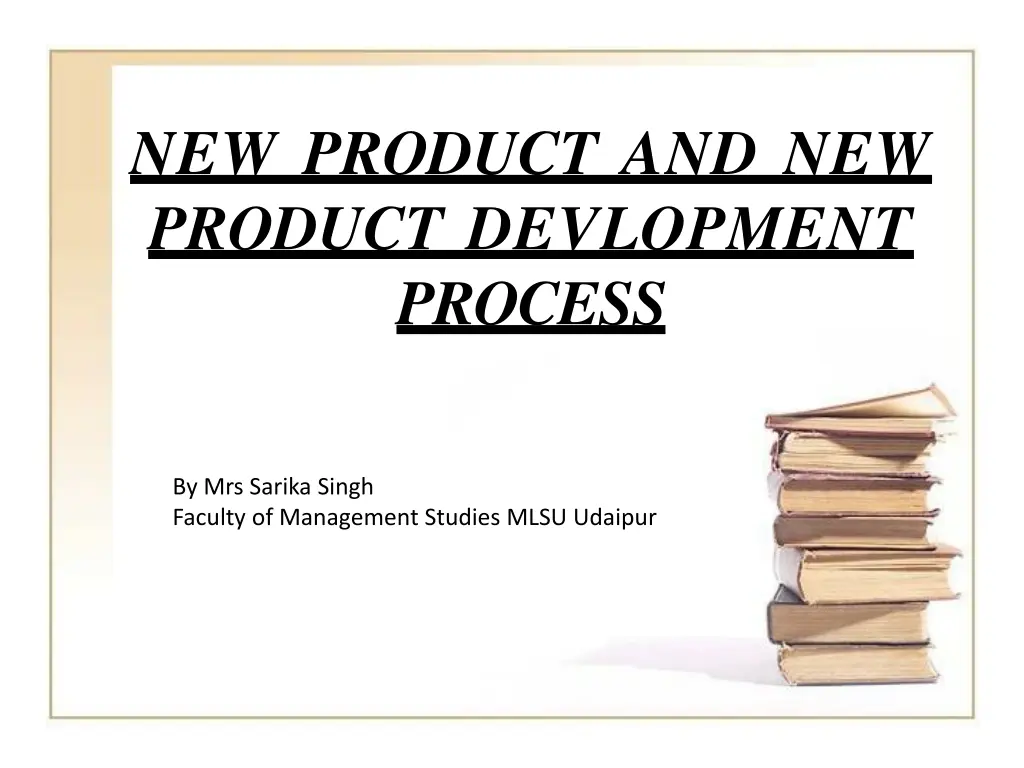
Innovative Strategies for New Product Development & Market Expansion
Explore the process of developing new products, the types of new products, examples, and reasons for new product development. Learn how new products can increase market share, appeal to new segments, and improve competitive advantage. Discover the importance of new product planning in maintaining a leading edge in the market.
Download Presentation

Please find below an Image/Link to download the presentation.
The content on the website is provided AS IS for your information and personal use only. It may not be sold, licensed, or shared on other websites without obtaining consent from the author. If you encounter any issues during the download, it is possible that the publisher has removed the file from their server.
You are allowed to download the files provided on this website for personal or commercial use, subject to the condition that they are used lawfully. All files are the property of their respective owners.
The content on the website is provided AS IS for your information and personal use only. It may not be sold, licensed, or shared on other websites without obtaining consent from the author.
E N D
Presentation Transcript
NEW PRODUCT AND NEW PRODUCT DEVLOPMENT PROCESS By Mrs Sarika Singh Faculty of Management Studies MLSU Udaipur
What is a new product ? A product that opens an entirely new market A product that adopts or replaces an existing product A product that significantly broadens the market for an existing product An old product introduced in a new market An old product packaged in a different way An old product different way marketed in a
Types of new product Innovative products New product lines to allow the firm to enter an existing market Addition to product supplement the firm s existing product line Improvements and existing product Repositioned products products targets at new market Cost reduction new provide similar performance at lower cost line to revisions of existing product that
Examples of new products New to the world high definition TV, ipod, flat screen TV, Probiotic Ice Cream Product improvement & replacement :SPEED by BPCL
New product can be used to Increase market share by more choices or products Appeal to new segments Diversify into new markets Improve relationship with distributors Maintain the firm s reputation a leading edge company Make better use of the organization's resources offering older updating
Why develop New Product ? To replace declining product To take advantage technology To defeat rivals To maintain/increase market share To keep up with rivals To maintain competitive advantage To fill gap in the market of new
New product planning This is the strategic stage The firm assesses It current product portfolio Opportunities and threats The firm then determines the type of product which would best fit in with the corporate strategy
New product development New product development is a process which is designed to develop, test and consider the viability which are new to the market in order to Growth or survival of the organisation. of products ensure the
Stages in New product development Idea Generation Idea Screening Concept development and testing Market strategy development Business Analysis Test marketing Commercialization
Idea Generation generation systematic search for new product opportunities. It involves delineating sources of new ideas and methods for generating them. Ideas for new obtained from basic research using a SWOT analysis (OPPORTUNITY ANALYSIS), Market and consumer trends, company's R&D department, competitors, groups, employees, corporate spies, is continuous, Idea products can be focus salespeople,
Idea Screening The objective is to eliminate unsound concepts prior to devote resources to them. The screeners must ask these questions: benefit from the product? What is the size and growth forecasts of the market segment/target market? What is the current competitive pressure for the product idea? What are the industry sales and market trends the product idea is based on? Is it technically feasible to the product? Will the product be manufactured and delivered to the customer at the target price? Will the customer in the target market or expected manufacture profitable when
Concept testing testing with present a the Concept consumer product and measure attitudes and intention at this early stage of development. Concept testing of prototypes can help avoid costly mistakes. proposed
Market Strategy Development Includes development of three part strategy plan Describe behaviour, the planned product marketshare, and years.(overall) 2. Outlines the planned price, distribution strategy, and marketing budget for the first year.(short term) 3 Describes the long-run sales and profit goals and marketing-mix strategy.(longterm) 1. the market s size, structure, positioning, sales, for first and profit goals few
Business & financial Analysis Review of product sales, costs and projections to see if they meet company s objecives If No ,eliminate product concept If Yes,move to product development profits
Test Marketing Test marketing involves placing a product for sale in one or more selected observing performance proposed marketing plan and areas actual the its under
Commercialization Commercialization involves implementing a total marketing plan and full production Launch the product Produce and place advertisements and other promotions Fill the distribution pipeline with product Critical path analysis is most useful at this stage
Key success factors in New Product Development Operating Philosophy Organization Structure The Experience Effect Management Style


